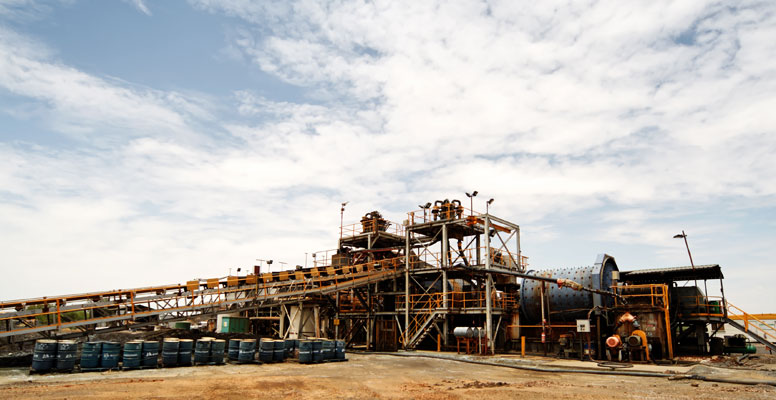Queensland mine trucks had been using HCs for a decade before blast injured driver: Investigators
- PostedPublished 28 July 2021
Investigators have found that the Queensland underground mine where a worker was injured by hydrocarbon refrigerant igniting in their truck’s cabin earlier this year had been using the highly flammable product since “around 2010”.
This is despite unauthorised hydrocarbon refrigerant retrofits being outlawed in Queensland under the Petroleum and Gas (Production and Safety) Act 2004.

The driver of the Sandvik TH663 dump truck was hospitalised by burns to their hands, arms and upper body sustained in the blast, the force of which also blew out some of the cab’s windows.
It happened at 11.30 pm on July 11, around 50 metres after the truck had entered the underground portal at the Eloise copper mine near Cloncurry.
A refrigerant leak was found by investigators, at a “hard-line fitting connecting the TX valve to the evaporator”. Further disassembly found the fitting to be loose.
Discussions between investigators and mine personnel revealed that “a hydrocarbon refrigerant had been in use since around 2010 for vehicle and mobile equipment air-conditioning systems, both in surface and underground operations”.
“It was also understood that this was not likely to have been captured in the Change Management process for site,” says the report.
No reference to air-conditioning systems was found in the mine’s procedures for equipment fault diagnosis and repair, no change management documentation was completed for the vehicle’s retrofit to hydrocarbons and hazardous atmospheres in equipment cabins were not identified in site risk assessments.

Eloise has a recent track record of safety procedure failure. In November 2019, Queensland Mines Inspectorate suspended underground operations at the site as its management was “unable to provide information to the regulator to demonstrate that the risk to workers was at an acceptable level”.
After this latest incident, investigators were told that all vehicles retrofitted with hydrocarbon refrigerant had already been stood down and would not be returned to service until they had been charged with R134a.
A directive was issued to “ensure the hazard of explosive atmospheres in vehicles and mobile equipment was captured in the site’s risk management systems with appropriate controls identified”.
The directive also stipulated that the mine’s underground truck fleet be inspected for refrigerant leaks and the “adequate securing of air-conditioning components from vibration and free movement that could cause leaks through loosening of parts or fatigue failures”.

It was found that the mine “likely had not identified the potential for explosive atmospheres to occur in vehicles and mobile equipment”.
The report says the driver, whose shift had started at 6.00 pm, “did not adhere to the information communicated during site induction not to smoke while in cabins of equipment”.
An inspector’s observations led them to have “reasonable belief the risk from operations may reach an unacceptable level if controls are not implemented”.
The mine was also ordered to consider:
- The ways in which an explosive atmosphere could occur in the cabin of vehicles or mobile equipment
- The possible sources of ignition within cabins
- The effects of improper design, unauthorised modification, poor maintenance, fatigue, corrosive environments, vibration on cabin air conditioning systems
- Appropriate inspection and defect management processes
- Appropriate change management processes
- Appropriate competencies and certification of inspection and maintenance personnel
- Interim controls to reduce the risk to personnel to an acceptable level whilst permanent controls are being established
Recommendations about the mine’s equipment maintenance record-keeping were also made because “concerns were raised regarding other major changes or modifications to plant which had been carried out during this period of time”.

“If other major changes or modifications to plant had been made and not appropriately captured in the site’s Change Management process, then potential existed for hazards to be insufficiently controlled.”
Investigators recommended that the maintenance records should, at the very least, include detailed information about:
- What maintenance/repair/fault finding activities were carried out
- What defects were found
- What was done to resolve defects
- What testing, if any, was carried out and how this was done (e.g. following a particular troubleshooting guide or OEM/other procedure)
- Sufficient hand-over information for on-coming shifts if problems persist and require additional work by other personnel
- CategoriesIn Latest News
- TagsHydrocarbon refrigerants, safety



